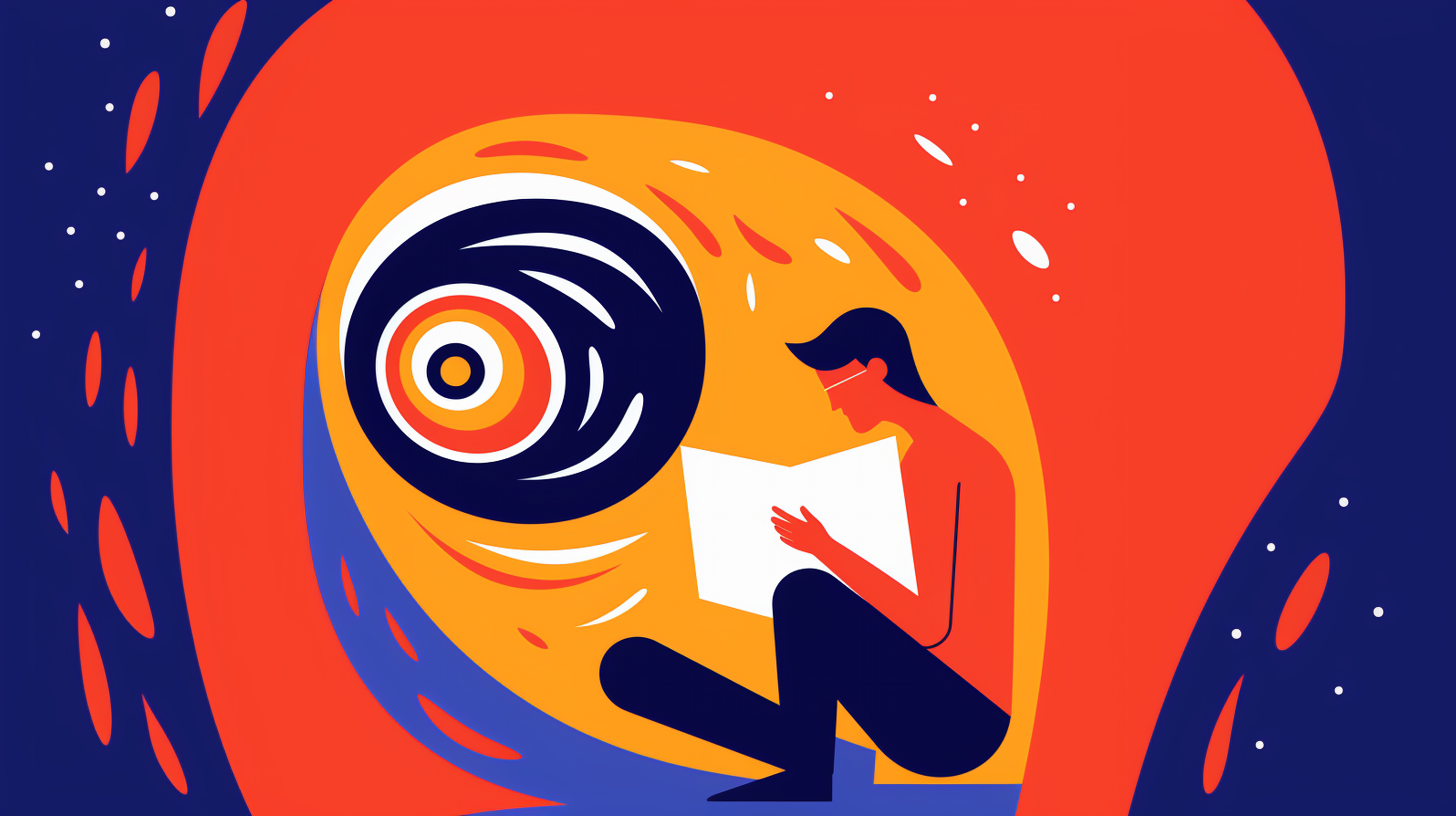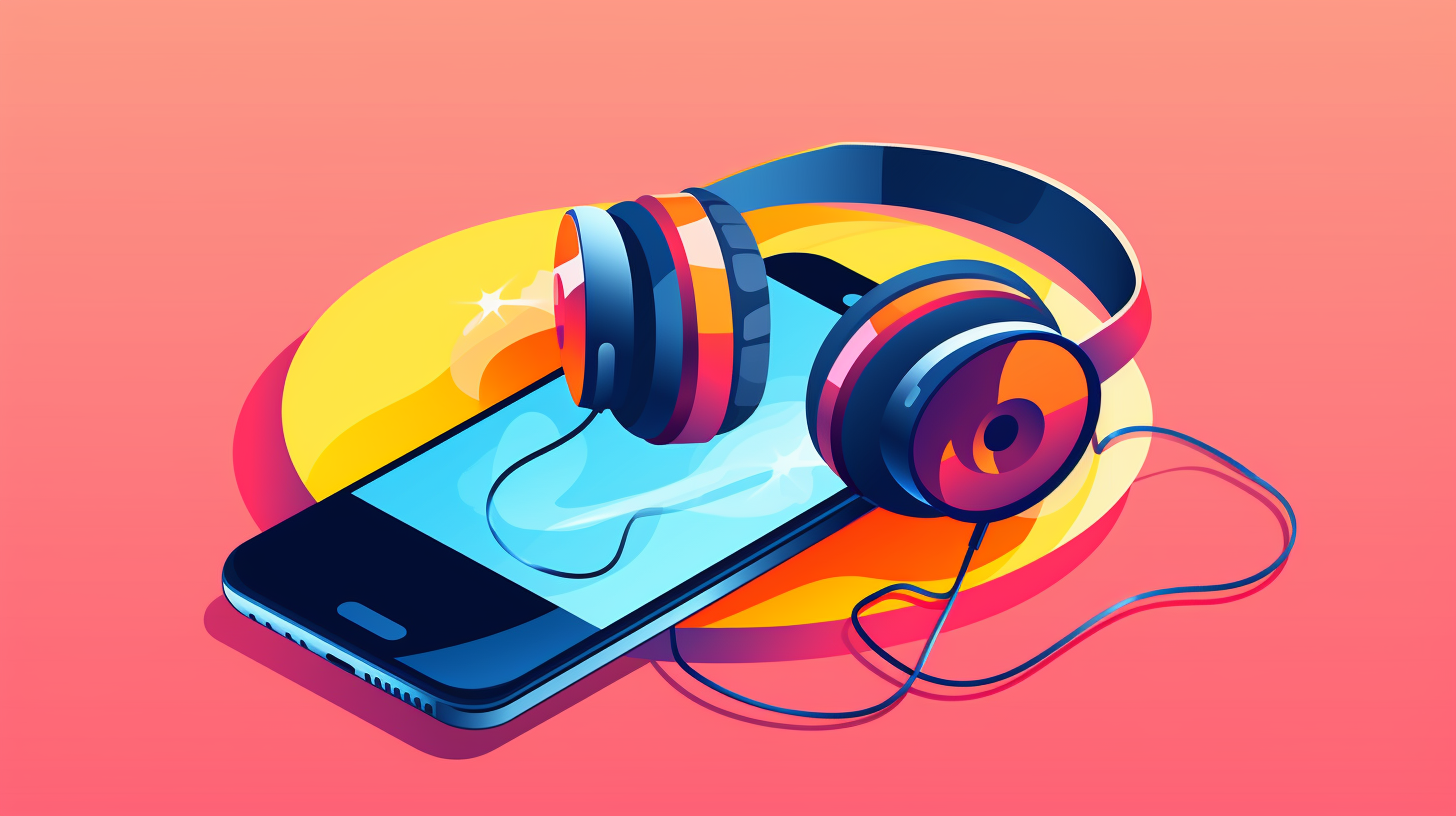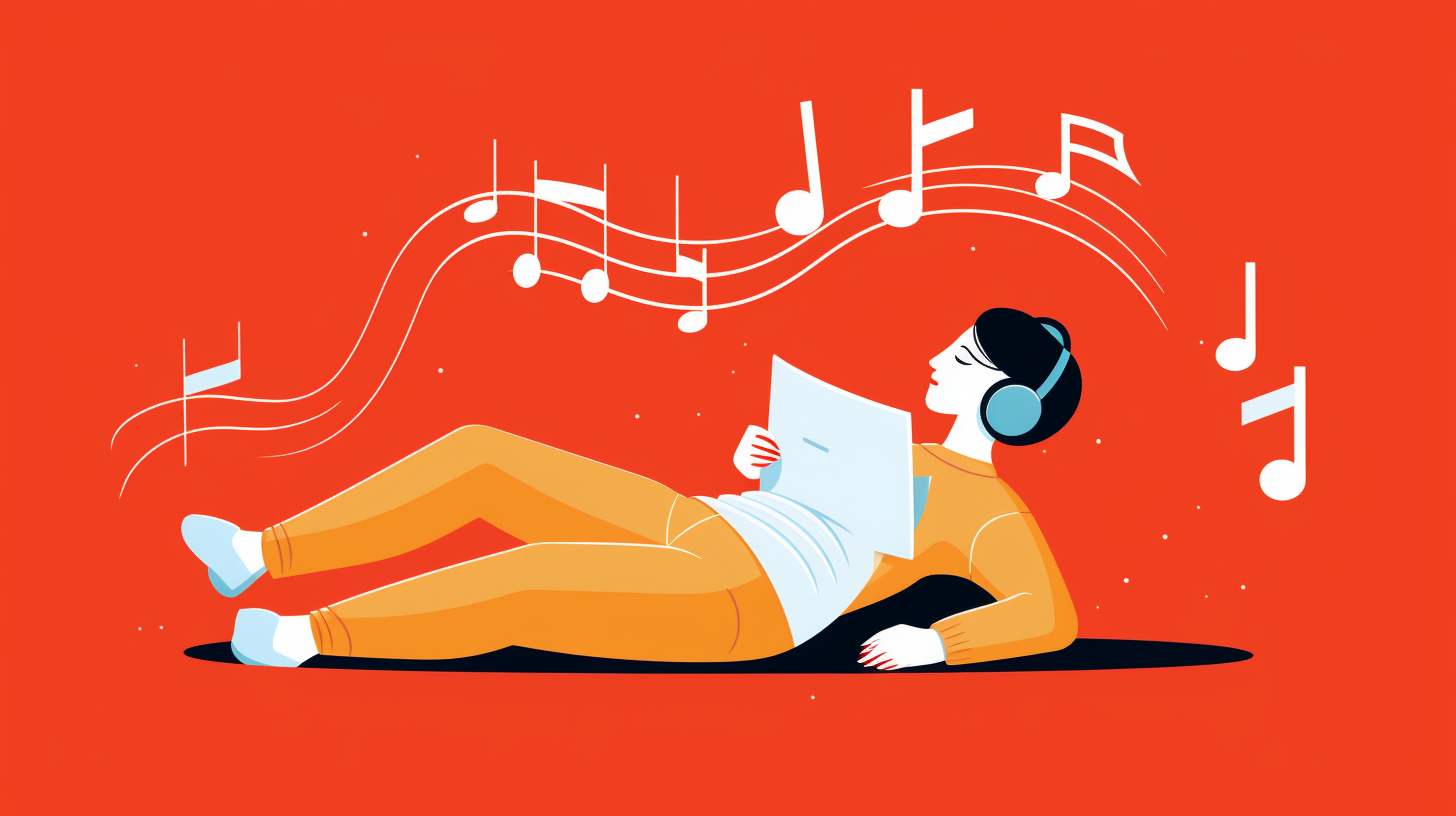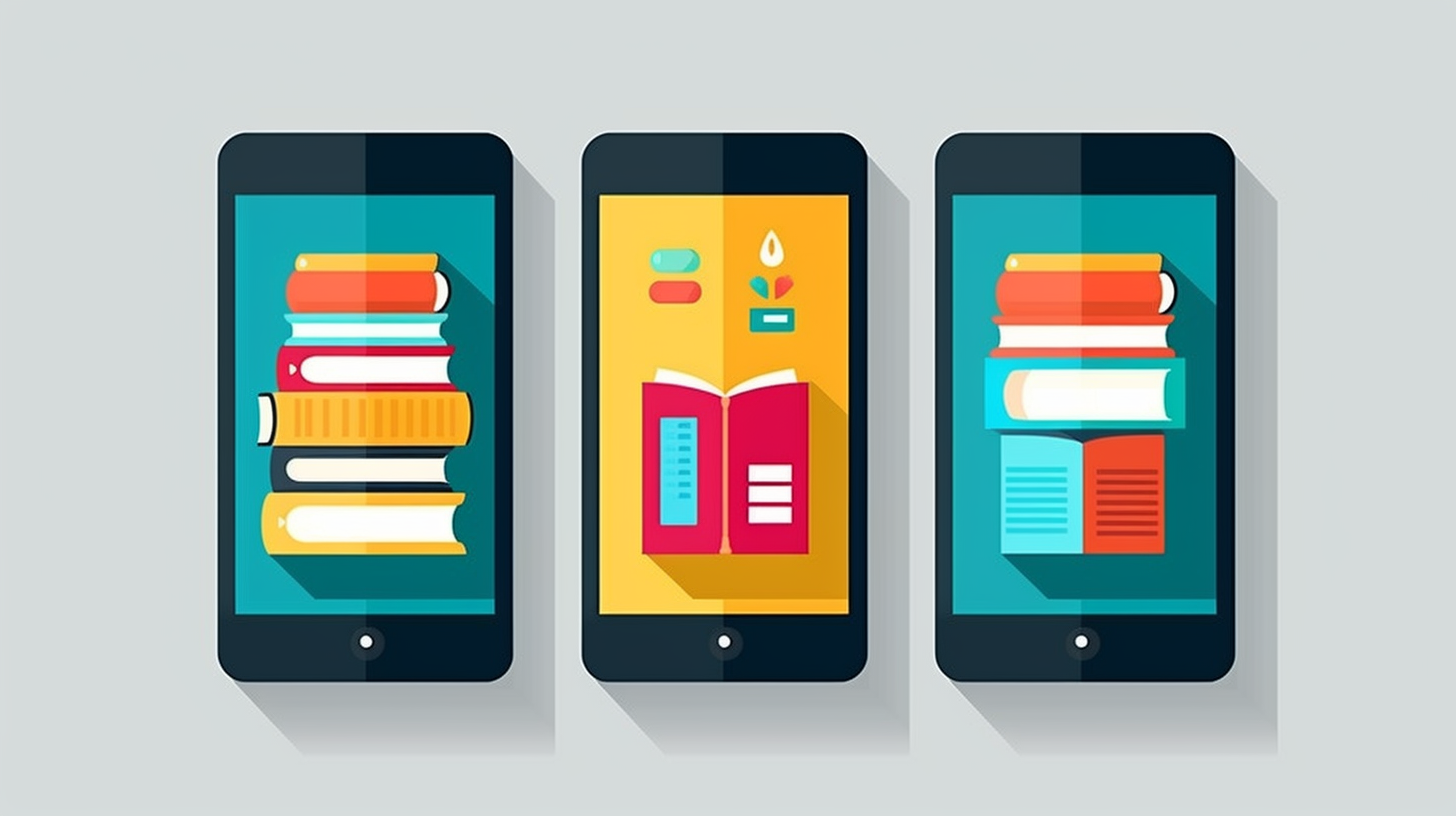The age-old question, “Is reading bad for your eyes?” has sparked countless debates and concerns over the years. This question has troubled avid readers for ages, sparking myths and concerns about eye health. In this text, we’ll jump into the effects of reading on your eyes, debunking common misconceptions and providing clarity.
You’ll learn about the factors that can make reading strenuous for your eyes, such as poor Lighting and prolonged sessions. Plus, we’ll explore practical ways to protect your eyes while indulging in your favorite books.
Finally, we’ll tackle the myths about reading and eye health, straightening the record. Whether you’re a bookworm or a casual reader, this article is your guide to understanding how reading truly affects your eyesight.
The Effects of Reading on Eye Health
Eye Strain
If you’re diving into a good book for hours, you might experience Eye Strain. This is your body’s signaling that your eyes are working overtime. Symptoms often include sore, tired eyes and even headaches. You’ll notice these more acutely if you read in suboptimal conditions, like poor Lighting. To nip eye strain in the bud, take breaks every 20 minutes to look away from the page and rest your eyes.
Remember, it’s not just about the light’s intensity but also the quality. Proper Lighting is critical, and it’s worth considering the switch to audiobooks for when good light isn’t available. They’re a perfect alternative, allowing you to enjoy stories without putting unnecessary strain on your eyes.
Dry Eyes
Dry Eyes can often flare up during extended periods of reading. When focused on text, your blink rate decreases, meaning your eyes are not lubricated as they should be. This can lead to irritation and a gritty sensation in your eyes. Factors like age and screen time also play a role. Try to blink more often or use artificial tears to moisten your eyes to combat this. Again, this is where audiobooks come in handy – you can give your eyes a well-deserved break while still indulging in your favorite novels.
Blurred Vision
Spending long hours poring over fine print can lead to Blurred Vision. With age, particularly, focusing on close-up text becomes more challenging – this is known as presbyopia. To reduce the risk, read with adequate light and take regular breaks. Better yet, switch to an audiobook when you’re tired, in low light, or on the go. Audiobooks don’t require you to focus your vision, so you can say goodbye to the discomfort of blurred lines and enjoy crisp, straightforward storytelling directly in your ears.
Through audiobooks, all worries about whether reading in the dark is bad for your eyes are quashed, as they provide an immersive experience sans the eye strain, dryness, or blurred vision associated with traditional reading.
Factors That Can Make Reading Harmful for Your Eyes
Poor Lighting
You’ve likely pondered whether reading in poor Lighting is bad for your eyes. While reading in the dark won’t lead to permanent vision impairment, it’s not harmless. Poor Lighting can prompt eye strain. This is because your eyes must work harder to decipher what you’re looking at, which can lead to symptoms like soreness and headaches.
Even though there’s no evidence that reading in dark spaces causes lasting damage, it’s not ideal for your eyes. Regular breaks and sufficient Lighting are crucial to maintain optimal eye health. Compared to traditional reading, audiobooks offer a reprieve by eliminating the strain caused by inadequate Lighting, affirming their convenience and eye-friendly nature.
Incorrect Reading Distance
Holding your reading material too close or too far away can contribute to unnecessary eye strain. Ideally, digital content should be at least 16–30 inches from your eyes. A strained focus system from improper positioning can result in discomfort. When working with digital screens, try adjusting your posture so the monitor is approximately five to six inches below eye level. This helps position your eyelids naturally, minimizing strain.
Increasing font size and reducing glare can also safeguard your eyes from strain. Audiobooks sidestep these issues entirely, allowing you to absorb content without worrying about correct distances or screen brightness, so they highlight another advantage of this medium.
Prolonged Reading Sessions
Lengthy bouts of reading without sufficient breaks can leave your eyes feeling tired. Taking breaks is essential, especially during extended reading sessions. The 20-20-20 rule suggests looking at something 20 feet away every 20 minutes for 20 seconds, often recommended to alleviate strain. If symptoms like dryness or soreness persist, artificial tears can help.
Audiobooks present a practical solution for those concerned about the potential harm of marathon reading sessions. They allow you to enjoy lengthy novels or undertake extensive learning without subjecting your eyes to continuous exertion. In essence, they enable the pleasure of reading without eye-related drawbacks.
Ways to Protect Your Eyes While Reading
Use Proper Lighting
Your eyes require adequate Lighting to read without strain. Poor lighting conditions can lead to eye fatigue and headaches, affecting your reading experience. Ensure your environment is well-lit, using natural light whenever possible. A critical tip is to position your reading space by a window during daylight hours. Natural light is the most comfortable for your eyes and enhances your mood. Remember to avoid glare from direct sunlight, so consider using shades or curtains.
In situations where Natural Light isn’t available, such as at night, use a firm but diffuse light that illuminates the pages or screen without casting harsh shadows or causing glare. This is especially important since reading in dark settings can harm your eyes, leading to unnecessary eye strain.
Maintain a Comfortable Reading Distance
Holding your book or device too close can increase the work your eyes have to do to focus. Ideally, keep your reading material at a distance of about 16 to 30 inches from your eyes. This range helps in reducing stress on your focusing system. Be mindful of your posture as well; reading with the material too close is often detrimental when lying down or reclining. Ensure your screen or book is positioned 5 to 6 inches below eye level to encourage a natural, comfortable angle for your eyes.
Take Frequent Breaks
Continuous reading without breaks can tire your eyes. Follow the 20-20-20 rule: every 20 minutes, shift your eyes to look at an object at least 20 feet away for at least 20 seconds. This short break can significantly reduce the risk of eye strain. Also, frequent breaks allow you to maintain moisture by encouraging regular blinking, preventing the dryness and irritation that could follow prolonged sessions. It’s also an excellent opportunity to stand, stretch, and readjust your posture, which supports overall physical health while reading.
While these practices help protect your eyes, audiobooks offer a convenient alternative without the risk of eye strain associated with traditional reading. Audiobooks can be listened to in any lighting condition, eliminating concerns such as is it bad to read in the dark or if reading in dark is bad for eyes. When you opt for an audiobook, you can enjoy literature and protect your eye health effortlessly.
Myths About Reading and Eye Health
Myth #1: Reading in Dim Light Will Ruin Your Eyes
You may have grown up hearing that reading in the dark will damage your eyes. While it’s true that reading under poor lighting conditions can lead to eye strain, the notion it will cause lasting harm lacks scientific support. Eye strain symptoms like headaches, itchy eyes, and temporary blurred vision may occur due to the added effort your eyes make in low light. Yet, these symptoms are not indicators of permanent damage. So, if you’re worried that reading in dark conditions is bad for your eyes, rest assured it’s a myth.
Myth #2: You Should Avoid Reading Up Close to Prevent Eye Damage
Another common misconception is that reading up close harms your vision. This myth presumes that holding reading materials too close can lead to long-term eye problems. In reality, your eye muscles adjust to focus on the text, and doing so does not cause irreversible damage. But, if you notice discomfort or have to squint while reading up close, it’s a sign to give your eyes a break or consider switching to an audiobook for a while.
Myth #3: Reading for Long Hours Will Cause Permanent Eye Problems
Many readers are concerned that prolonged reading sessions could wear out their eyes. It’s important to note that no conclusive evidence links extensive reading to lasting eye issues. While excessive screen time, particularly on devices with LCD screens, can trigger higher visual fatigue, switching to formats like audiobooks can alleviate this strain. Remember that eye strain does not equate to permanent eye damage; your eyes can recover from temporary fatigue.
To learn more about how audiobooks can be a superior alternative to traditional reading, especially concerning eye health, stay tuned for further insights in our series.
Conclusion
Rest assured that reading isn’t inherently bad for your eyes. Following the practical tips, you can enjoy your favorite books without compromising your eye health. Remember to keep your reading space well-lit and stay comfortable with your book or device. If your eyes feel strained after a long reading session, give them a well-deserved break, or consider switching to audiobooks occasionally. Stay alert for more insights to keep your vision sharp and reading habits healthy.
Frequently Asked Questions
Are reading glasses just magnifiers?
No, reading glasses are not just magnifiers. They have convex lenses designed to improve the focus of near objects, allowing for clearer vision during tasks like reading.
Is it bad to wear readers all day?
Wearing readers all day is not bad for the eyes, but they should be used primarily for close work, such as reading or digital devices, to ensure comfort and proper vision.
Does reading books cause eye strain?
Reading books can cause eye strain, which may lead to headaches, tiredness, and irritated eyes, but it typically doesn’t cause permanent eye damage.




